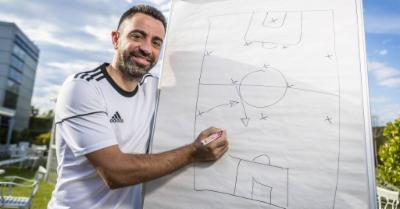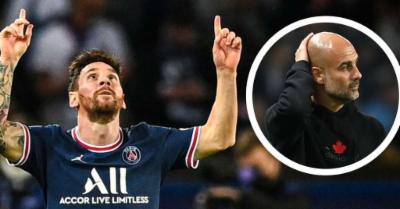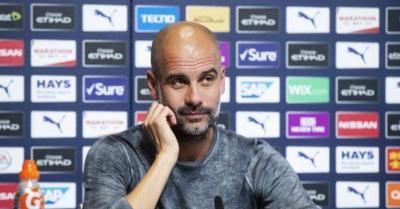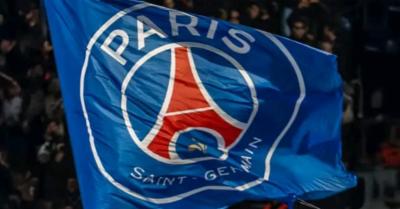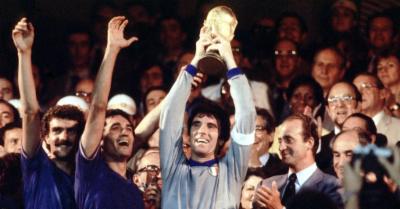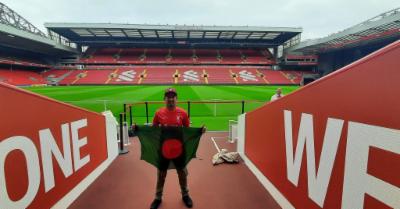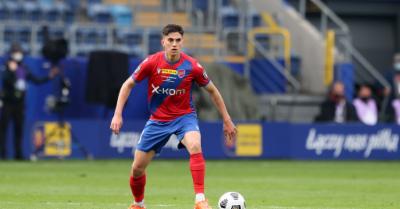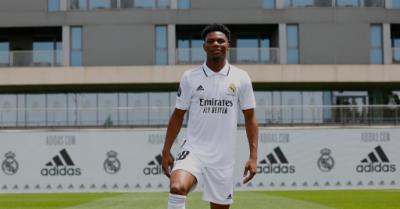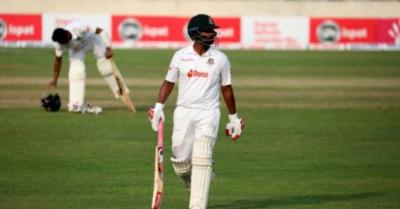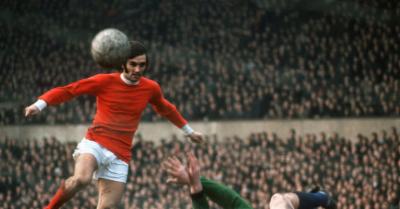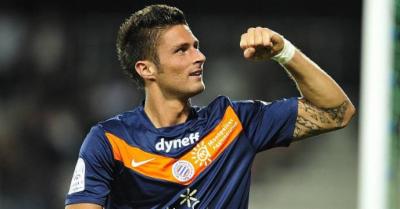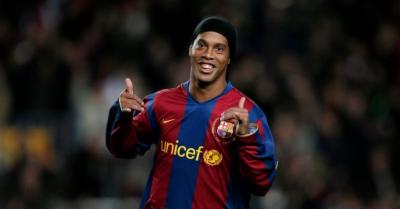How can he be integrated correctly and with which players would Lukaku harmonise best in Chelsea's system?
পোস্টটি ৯৭৪ বার পঠিত হয়েছে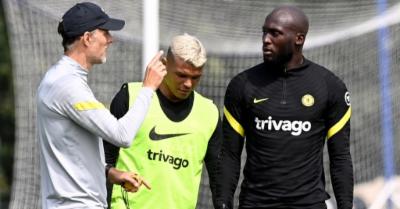
How can he be integrated correctly and with which players would Lukaku harmonise best in Chelsea's system?
The integration of Olivier Giroud could serve as a model. Even though the Frenchman didn't feature often last season, he was the only centre-forward. Tammy Abraham's skills did not fit the former Mainz player's style, which is why the striker from his own academy is likely to leave the club.
In particular, the role Giroud played in Tuchel's 3-1-4-2 would suit Romelu Lukaku, after all, it was a similar formation to that used by Inter under Antonio Conte. In the first leg of the Champions League round of 16 against Atlético Madrid, the Frenchman played together with Timo Werner. A combination that would also be conceivable with Lukaku. Werner primarily stayed off the ball and tried to create danger with suitable deep runs, while Giroud played the role of a classic wall player.
The game scene above illustrates how the interplay could look. Werner and Hudson-Odoi provide the depth in this case, while Giroud accommodates and overcomes the opponent's midfield line with a simple slapping pass. Romelu Lukaku could take on this role one on one. With his typical turn when receiving the ball, in addition to overcoming the midfield line, direct play in depth would also be possible. The Belgian would probably have been able to turn with the ball in the scene and attack the yellow space. Timo Werner's ability to get behind the last line would immediately be more effective and the midfield would also benefit. Due to the danger of turning up, the opponent has to stand closer, which results in more space for Kovacic & Co. as well as a greater gain of space.
Especially in the final third, Lukaku's deft turn with his back to goal could help the Blues gain more penetration. Thomas Tuchel's side have a number of players in midfield who can spot the exact moment for a pass between the lines and play the ball into Lukaku's foot with pinpoint accuracy.
Romelu Lukaku as a depth provider.
In addition to his role as a wall player, the Belgian's skills also have the potential to provide depth. Especially when Tuchel relies on Kai Havertz together with Mason Mount in his preferred 3-4-2-1, a depth provider is needed. Lukaku can either provide depth as a wall player, as Olivier Giroud tried to do in this situation, or he lurks on the offside edge and can be cleverly set up with the help of chip passes.
Compared to the Frenchman, Lukaku brings the necessary speed to regularly create danger at the back of the defence. Although his first touch is not always clean, he has made great progress in this area so far in his career.
The Belgian could also be of great use in Chelsea's typical triangular formation on the wing. Whether Chilwell or Pulisic receives the ball from Kovacic in the scene above, Lukaku could support immediately by offering himself in the yellow-marked space. Again, his skills provide various options that make the Blues' attacking play unpredictable. If the opponent stands taller, Lukaku can immediately create danger with one of his deep runs. Against a deep standing opponent, there are again possibilities to get into the centre with steep-slap combinations with him as a wall player.
In general, the signing of Lukaku could result in a greater willingness to take risks on the part of the Blues. While Tuchel last season primarily relied on stable ball circulation with good counter-attack protection, it could become more dynamic and risky with the Belgian. I have already mentioned the passes after the typical Lukaku turn. Playing the Belgian early after opening up the ten-yard box could be another variation.
Chelsea were already keen to open up the ten-man box early against deeper opponents last season. The scene above is an example of this. Thiago Silva could now play Lukaku with a sharp low pass, and after a pass to players like Mount, Havertz or Kovacic, it could then immediately go deep. Players like Hudson-Odoi, Timo Werner or Romelu Lukaku himself are available for this.
This also applies to counterattacks where Lukaku can create danger with his speed after a pass. Timo Werner should also be given more opportunities to attack deep on the counterattack, as Lukaku has a good instinct for opening up spaces.
In Conte's system, passes into his foot were usually the starting signal for changes of rhythm in the offensive game. Even if a defender correctly anticipates the turn-up, he first has to separate the powerful and strong-footed Lukaku from the ball without a foul.
This scene against Roma is emblematic of the danger of the turn. The Romans tried to stop Inter's steep-clap game by aggressively moving out their five-man backline. With success. Their high pressing destroyed Inter's rhythm and made it difficult to build up play through the centre. However, man-oriented high pressing always opens up spaces behind the last line. Here Smalling pushes on Lukaku after the latter had dropped. The fact that the half-back had to push on Hakimi opened up the blue-marked space. Romelu Lukaku recognises this and uses a clever turn in receiving the ball to play into the hole.
As already mentioned, the Belgian is more than just the classic push forward. Antonio Conte also recognised this. The former Chelsea coach relied on the combination of Lautaro Martinez and Romelu Lukaku in most games. It was Martinez who often shone in a higher role with deep runs, while the Belgian was regularly involved in combination play. For those who rarely followed Inter under Antonio Conte, I am happy to refer you to our team analysis. In short, Inter very often relied on play over third combinations.
In doing so, Lukaku is characterised by a very good sense for the right free-running movements. Unlike a player like Timo Werner, these are not wide movements. Rather, they are small adjustments of position, a short drop, a step out of the cover shadow or a run deep. In the example above, he anticipates early on that Barella will need support. His positioning allows the Italian European champion to lay the ball off to Lukaku with second contact. Again, the Belgian manages to increase the tempo with a first touch pass to Martinez. Unlike many of his bulky colleagues, Romelu Lukaku is a real weapon when he receives the slapping pass and can approach the defence with pace. Especially in counterattacking situations, he creates a lot of danger.
Romelu Lukaku has a unique skill set that he has refined in recent years. Nevertheless, a coach must properly integrate the Belgian in order to fully utilise his strengths. In England, the Belgian also had problems because many saw him as a target player for long high balls. While he is capable of doing this, he is not among the absolute elite in this area. Consequently, he was neither fully convincing at Chelsea under Mourinho, nor in Manchester. It was only after his move to Inter Milan that Lukaku shone with regularity in Antonio Conte's system. If Thomas Tuchel also manages to integrate the Belgian properly, he will lift the Blues to a new level.
- 0 মন্তব্য




